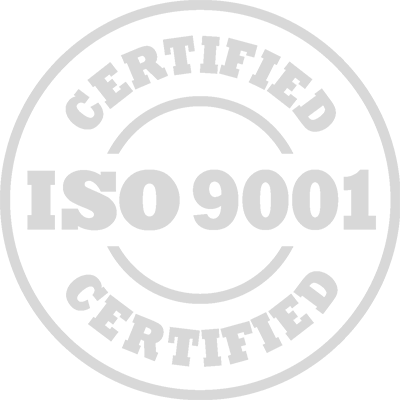Introduction
Enhance the decision-making processes for operation and maintenance professionals by equipping them with the necessary skills and knowledge, encompassing topics from project management and business analysis, data management and analysis, to maintenance management training courses. This course offers a robust curriculum designed to integrate industry-leading practices for operations management, ensuring participants are well-versed in decision and risk analysis techniques.
This decision analysis, operations, and maintenance management program examines lean thinking and techniques for decision analysis, emphasizing the poor approach and responsiveness to customer requirements. Decision-making is a central human activity, intrinsic to our biology, and performed consciously and unconsciously. It is crucial for survival. Making a decision involves more than selecting the best alternative. It also requires prioritizing alternatives for resource allocation among a portfolio of options or examining the effects of changes introduced to initial judgments.
Targeted Groups
- Operation Professionals
- Maintenance Professionals
- Reliability Professionals
- Key Operations Supervisors
- Internal Improvement Consultants
Course Objectives
At the end of this decision analysis, operations, and maintenance management course, participants will be able to:
- Improve productivity through the use of better, timelier information.
- Understand how world-class organizations solve common asset management problems.
- Optimize planning and scheduling resources.
- Carry out optimized failure analyses.
- Optimize asset management budgets by avoiding unplanned equipment failures in service.
- Develop a practical approach to an action plan to utilize these technologies in their areas of responsibility, integrating them into the overall strategy and measuring benefits.
Targeted Competencies
- Breaking down a problem into its constituent parts or components in the framework of a hierarchy
- Establishing importance or priority to rank the alternatives in a comprehensive and general way to approach the problem formally
- Applying Multi-Criteria Decision-Making (MCDM) to practical problems
- Introduction to different operational research and management science methods
- Enhancing decision-making with goals and criteria and demonstrating how to measure and rank them
Course Content
Unit 1: Introduction to Decision Making
- Scope and Significance of Decisions
- The Decision Making Process
- Choosing Between Options by Projecting Likely Outcomes
- Decision Tree Analysis: decision models low probability, high-consequence events valuing additional information and control
- Monte Carlo Simulation: optimization advantages and limitations
Unit 2: Implementing Multiple Criteria Decision Analysis
- Definition of Decision Analysis
- How and Why Bad Decisions Are Made
- Problems with Traditional Methods
- Guidelines for Good Decision Analysis
Unit 3: The Analytic Hierarchy Process (AHP)
- What is AHP?
- The Comparative Matrix
- Consistency Analysis
- Sensitivity Analysis
- Benefit/Cost Analysis
- Resources Allocation
- Applications of the AHP (The Concorde Case, Maintenance Strategy, Highway planning)
Unit 4: Risk Management through Failure Mode & Effect Analysis (FMEA)
- Risk Mitigation
- Fault Tree analysis
- Risk Priority Number
- The Criticality Matrix
- Equipment Criticality Grading
- Cases from the Oil and Gas Industry and others
- Modeling Reliability of Systems
- Series and Parallel Systems
- The Redundancy Concept
- Types of Redundancy
- When to Use Redundancy
Unit 5: MRP and ERP Systems
- What is ERP, and how did it develop
- What is the MRP System
- What is the MRPII System
- Planning and Control
- The Bill of Materials
- Master Production Schedule
- Scope of Decisions
Unit 6: Optimum Performance Measure
- Challenges of Performance Measures
- Performance Measures as a Continuous Improvement Process
- Desirable Features in Maintenance Performance Measures
- Best and Worst Practices in Performance Measures
Unit 7: The Overall Equipment Effectiveness as a Source of Best Practice in Maintenance
- Advantages of OEE as an Improvement Programme
- Lean Maintenance through the Use of OEE
- Analysis of the Six Big Losses
Unit 8: The House of Quality
- Basics of design evaluation
- How to convert the voice of the customer into engineering solutions for a better design
- Apply the concept of House of Quality in practical cases
Unit 9: Decision Analysis for Optimization of Maintenance Activities
- How to get the most out of your CMMS?
- Benefits that can result from CMMS
- Optimum Decisions for Maintenance Policies
- Unmet Needs in Responsive Maintenance
- Key Features of Next-Generation Maintenance Systems
- How to transform Data into Decisions


